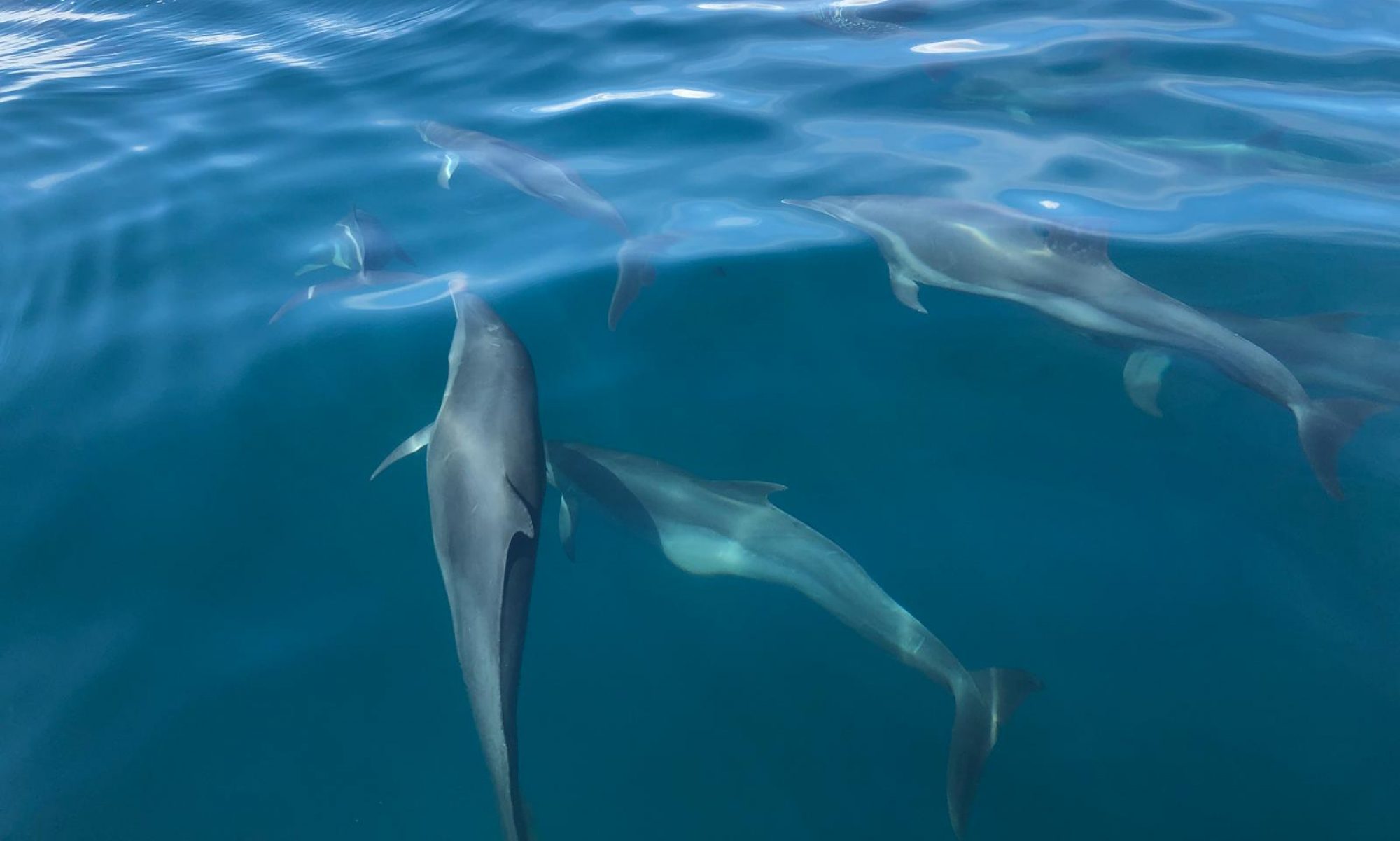Caño Island Biological Reserve
Costa Rica’s best main land diving and snorkeling location is at Caño Island, about 12 miles (19 km) and 45 minutes from Drake Bay. Aside from being a biological reserve, the island is also an important archaeological site protecting Pre -Colombian artifacts such as perfectly spherical stones and ancient burial and ceremonial sites from the indigenous Diquis tribe who inhabited the Golfo Dulce area until the arrival of the Spanish.
With waters always between 78° to 82° and visibility from 15 to 60+ feet, Caño Island is an amazing underwater adventure. On almost every dive, large schools of fish swimming around and overhead can be breathtaking. Sometimes the numbers are so great, that sunlight can actually be blocked by these large schools of fish, creating an underwater eclipse. Although not as common, the elusive whale shark and the giant bull shark are often spotted in the area.
The best time to see all this is from December to April, but any other time will give you plenty to enjoy as well. With crystal clear waters snorkeling is just as fulfilling as a deep water dive.
Year-round warm, clear waters are home to an abundance of marine life and offer some of Costa Rica’s best snorkeling and diving. From humpback whales and dolphins to marine turtles, sharks, manta rays and huge schools of fish, a casual day at the island is sure to please those in search of wildlife. Whether you are snorkeling or diving there is plenty to see!
History:
The island itself is the exposed part of an underwater mountain brought up by the ancient collision of two tectonic plates. Some believe this island was a commercial trading post on the Pacific Coast long before Christopher Columbus arrived on the scene. We do know that it was used as a cemetery during pre-Colombian times and that the artifacts found on the island date back to the Aguas Buenas (200-800 AC) y Chiriqui (800-1500 AC) periods.
The island originally got its name, ‘isla de los caños’, from the Spaniards who named it after the abundance of fresh water creeks, or caños in Spanish, on the island. Hence its modern day name ‘Isla de Caño.’
Wildlife & Plants:
The waters are usually clear and warm and there is a plethora of marine life to be seen on snorkeling or diving adventures including: sea turtles, white-tipped reef sharks, manta rays, sea turtles, star fish and numerous tropical fish including the king angel, moorish idol, puffers, surgeonfish, snapper, barracuda, barberfish, parrotfish, damsels and a variety of eels can be found hiding around the coral lined rock formations.
There are five species of hard coral and at least three species of soft coral, plus an astounding variety and population of marine life. Sometimes, the schools of fish are so big, that they literally block out the light from over-head.
On land, the island is not especially rich in wildlife. There are about five mammalian species including agoutis (pacas) and a few species of opossum (including the four-eyed opossum) and bats. No poisonous snakes live on the island and there are several species of frogs and lizards, including the Jesus Christ lizard.
About 45 species of bird can be found on or near the island. Avian species include the hawks, fly catchers, doves, pelicans, red-legged honey creepers, hummingbirds, brown boobies, frigate birds and several other species of pelagic, migratory and song birds.
There is a common black hawk that live on the island affectionately named Reno. He (or she) is known for stealing food on the fly-by from unsuspecting tourist’s lunch plates. The funniest thing he ever stole was a beer bottle…. He carried about 50’ before dropping it. He continues to steal sandwiches and pieces of fruit.
There are about 37 species of trees such as ficus, rubber trees and cow trees (among others) and more than 150 plant species including ferns, heliconias, palms and others.
There is no camping permitted on the island. All visits are for the day only.
